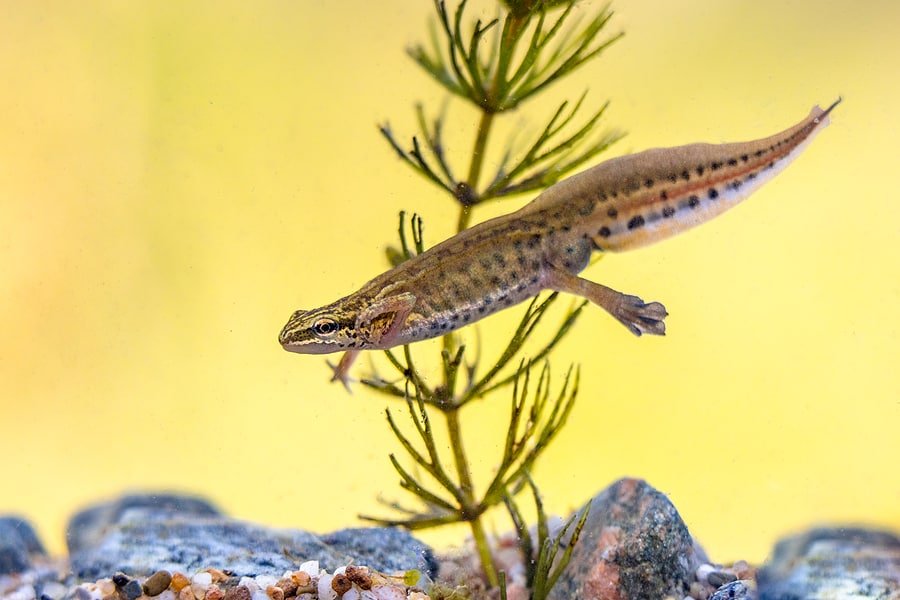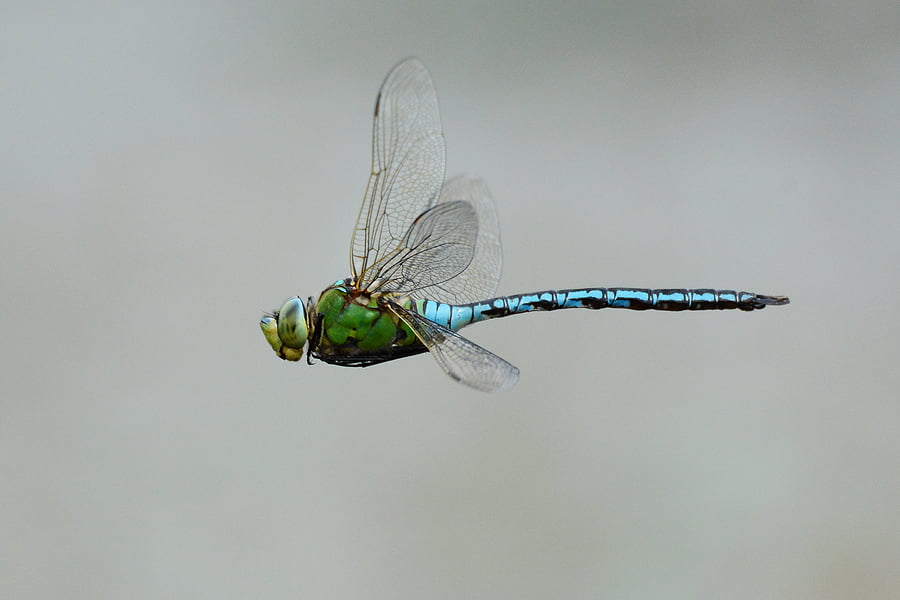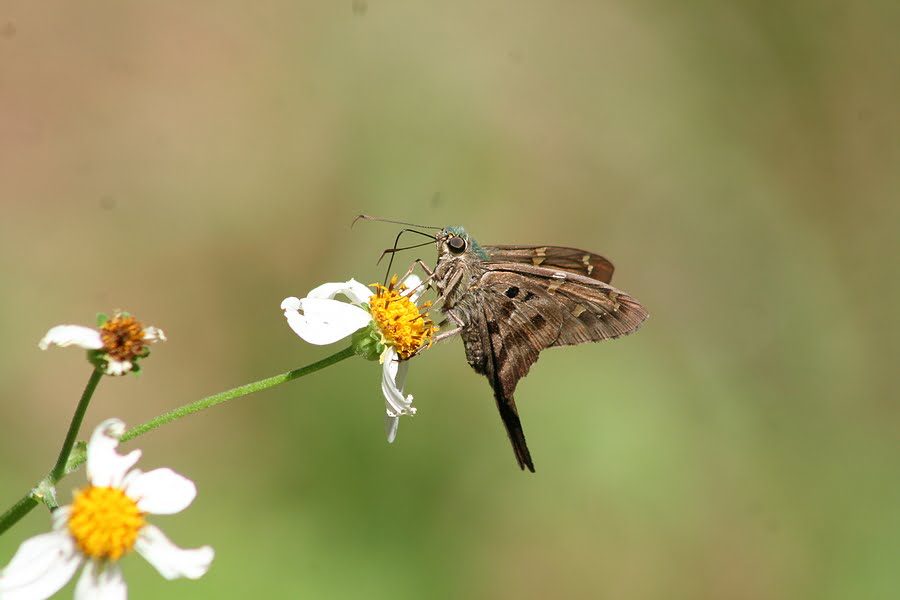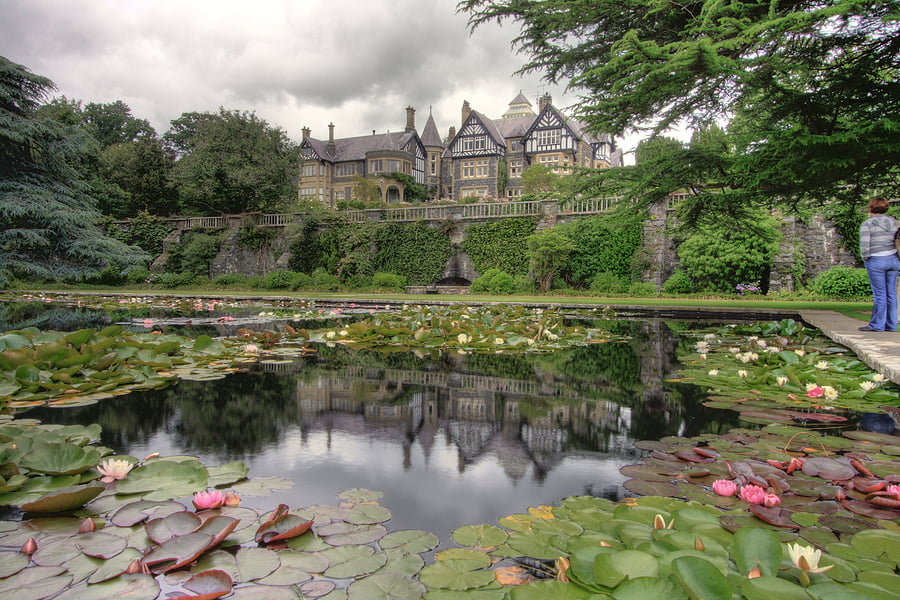
Have You Got Newts In Your Pond?
15th July 2022
6 Summer Maintenance Tips For Your Pond
4th August 2022It’s important to include a good proportion of native plants in your pond. These are plants which have naturally evolved to survive in British wetlands, and so are more suitable for wildlife, such as frogs, bees, and invertebrates. They also present a low threat to wild habitats, should they become seeded outside of your garden.
Some non-native species of pond plant can be much more harmful, should they escape and spread in the wild. This is because they have no natural predators, and are resistant to diseases. Some non-native species grow rampantly in our mild climate, and can easily choke out native species which wildlife rely on for food and shelter.
Five species of aquatic plant are so harmful to the environment that they have been banned from sale, these are: Water Fern, Parrot’s Feather, Floating Pennywort, Australian Swamp Stone-crop (New Zealand Pygmyweed), and Water Primrose. There is a much longer list of plants covered by the Wildlife and Countryside Act 1981 that that are not banned from sale but it is illegal to plant or cause to grow in the wild in England, Wales and Scotland. Rest assured we do not sell any of these plants.
Once a natural watercourse becomes overtaken with an invasive non-native species, they are very difficult to eradicate. They can block drains and cause water levels to rise, increasing the risk of flooding. Fish and other aquatic creatures can also suffocate from lack of oxygen in the water.
Not all exotic plants are invasive, and can be safely included in your pond. However, because the biodiversity of the UK is under increasing threat, it is important to add some native species too. Choose a mixture of oxygenating plants, which live under water, floating plants, and marginal plants. You may also wish to add some bog plants around the edges.
Native oxygenating plants
Oxygenators are plants which live below the surface, and are important to maintain healthy water, allowing wildlife to breathe and soaking up nitrates and nutrients, which could otherwise lead to excessive algae growth. Examples of good native oxygenators include Willow moss, which has dense small leaves and is useful to provide shelter for wildlife and egg laying sites.
Hornwort is another useful and reliable submerged plant, as is Water crowfoot which is one of the few flowering oxygenators. Both these plants will help to stop the pondwater from becoming stagnant, and provide cover for tadpoles and surfaces for insects to lay their eggs. A pond with a really good balance of submerged plants may be able to maintain a healthy ecosystem without the need for pumps and filters.
Deep water and floating native plants
These plants provide surfaces for frogs and insects to sit on and exit the water and for Dragonflies to lay their eggs from. They also add colour and interest to the pondThe only native Water lily is the Alba and is one of the largest, with oval leaves up to 30cm long and large white flowersthrough the summer months.
Amphibious bistort is another good native plant that can either grow as a marginal or in deep water, where its leaves grow to the surface and lay flat on the water, putting up pretty pink flower spikes in the summer.
Frogbit is a good alternative to the water lily in smaller ponds, as its leaves are similar ,though much smaller, and it produces masses of them providing excellent cover for frogs and other amphibians. It produces delicate white yellow centred flowers in summer.
Native marginal plants
Marginal plants grow in containers placed on the ledges around the edge of the pond, with the roots or rhizomes submerged under water. They attract pollinators and other insects, and also add a decorative element to the pond.
Popular native marginal plants include Water-forget-me-not, which produces a profusion of pretty blue flowers during the summer and Marsh marigolds which are one of the earliest pond plants to flower in March and provide a second flush in the summer. Watermint is useful for attracting butterflies, and can also be used as a kitchen herb throughout the summer months.
Purple loosestrife and Marsh woundwort are both excellent plants for pollinators and flower in mid to late summer. The loosestrife is much taller, up to 1.2m or more, but the woundwort is more vigorous, growing new plants from runners it sends out so it needs to be kept in check.
Brooklime, Creeping jenny and Lesser spearwort are also really good for wildlife and are low growing rafting plants that also provide good cover for pond life and are useful for hiding exposed pond liners.
For larger ponds the native Yellow flag iris provides good strong upright leaves for emerging Dragonfly nymphs and add height and colour to the pond in late spring and early summer. Finally, and also for larger ponds, Bog bean is another fairly early flowerer, is low growing, and gives good cover along the pond margins.





